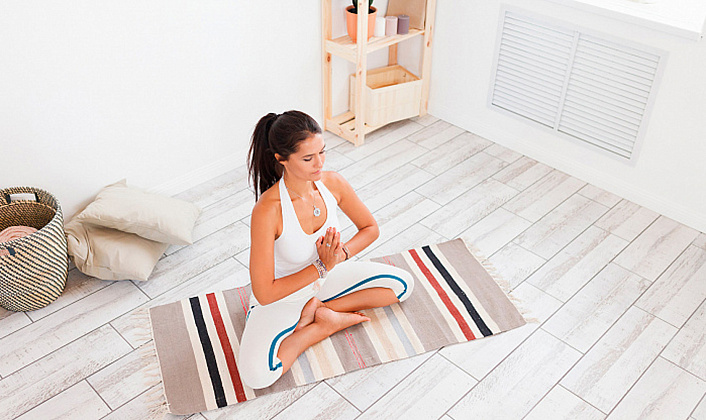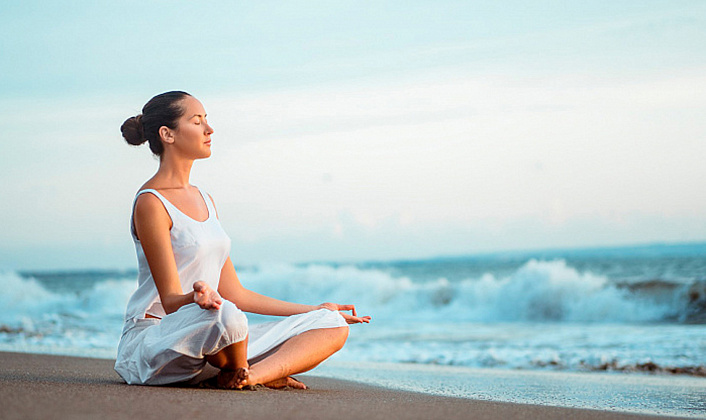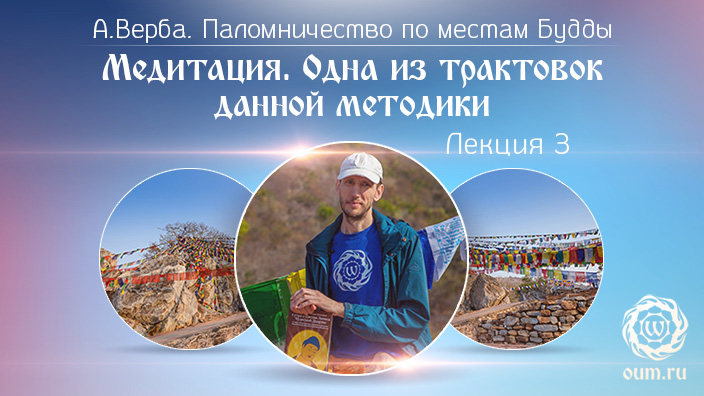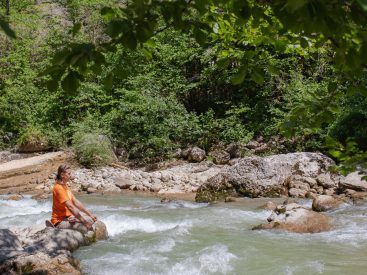OCheck out these three breathing meditations to help you slow things down, increase productivity, and improve your ability to make rational decisions in stressful situations.
We all had such moments when we wanted to scream, run away somewhere, hide or leave everything and fly away on the next flight to a desert island. Whether it’s your personal life, work moments, or trying to balance the two, there are more effective ways to deal with life’s problems than shouting loudly or suddenly changing locations.
Meditation is a simple and effective way to calm your mind, clarify thoughts, and help yourself cope with stress. Check out these three breathing meditations to help you slow things down, increase productivity, and improve your ability to make rational decisions in stressful situations.
Use this meditation when you feel anxiety, pressure, or panic for immediate intervention and stress relief.
A simple exercise to activate the parasympathetic nervous system (i.e., for a relaxing effect) involves controlling your breathing, which can quickly and effectively lower your heart rate and blood pressure.
When the exhalation becomes longer than the inhalation, the body engages in a “rest and digest” mode (the opposite of a “fight or flight” mode), and we can deeply relax from within. It is a great tool to use in moments of panic or anxiety (while thinking, in traffic, preparing for an important meeting or during heated arguments), relaxing breathing inhibits physical reactions to sudden, acute stress, at the same time, we have the opportunity reflect, rather than react impulsively.
Practice
Close your eyes and take a deep breath in for four counts, and then exhale for eight counts. As you inhale, visualize oxygen moving through the respiratory system. As you exhale, imagine any stress you have been holding on to disappear. Repeat 5 times.
Use this meditation twice a day to develop better focus, attention, and, over time, an overall sense of calm and clarity.
Mindfulness is the practice of being in the present moment that allows us to detach ourselves from the thoughts of the past and the future that cause reflection and stress. During mindfulness breathing meditation, we use the breath as the object of meditation, focusing deeply on rhythm and feeling our most basic life force. Think of it as a brain exercise that strengthens your attention muscles, forcing your mind to move inward and encouraging you to stay focused.
Perhaps the most significant study of mindfulness to date states that a group of researchers at Harvard found the following: after 8 weeks of daily practice, mindful meditators reported a state of greater peace and clarity, while the group of non-meditators did not. What’s more, their MRI results showed an increase in gray matter in parts of the brain associated with concentration and attention, and a decrease in parts associated with stress and anxiety (in those who did not meditate unchanged).
Practice
Sit comfortably with your back straight and feel slow, oceanic breathing. Start counting your in and out breaths from one to ten (one in, one out; two in, two out, etc.). When you get to ten, start counting again, but in reverse order to number one. Repeat this cycle five times. When you have completed five breaths with counting, then continue to simply breathe at this calm, steady pace for two to three minutes, imagining how the breath flows through the respiratory system, and assessing its physical connection with the body.
Use this meditation to develop your body awareness and release tension after a long day or in the evening before bed.
Body scan meditation allows us to identify where there are unconscious tense areas in standby mode and helps us work through them with our own awareness, allowing us to completely relax.
Research shows that incorporating body scan meditation into your mindfulness practice significantly reduces sleep problems and helps you gradually get rid of fatigue and depression.
Practice
Sit or lie down in a comfortable position and observe your breathing for a few minutes, breathing should be even and calm. Then turn your attention to the sensations in the body. Listen to the sensations, taking several slow breaths at each point of concentration, starting with the toes of the left foot, walk your attention along the entire left leg: left ankle, calf, knee, thigh – the entire left leg. When you feel an area of tension or discomfort, breathe in and relax as you exhale. Repeat on the right side. Then bring your attention to the pelvic area, abdomen and lower back, moving up the torso and heart area. From there move your consciousness and listen to the sensations in your fingers, hands, wrists. Raise your attention up the arms, through the shoulders, neck, jaw, temples, ears, eyes, forehead to the crown of the head and skull.
More details
The best thing about meditation is that we each have the tools we need to practice, available to us at any time. Using breathing techniques, we can relax the body, calm the mind, sharpen the mind, and improve our perception and response to stress.





